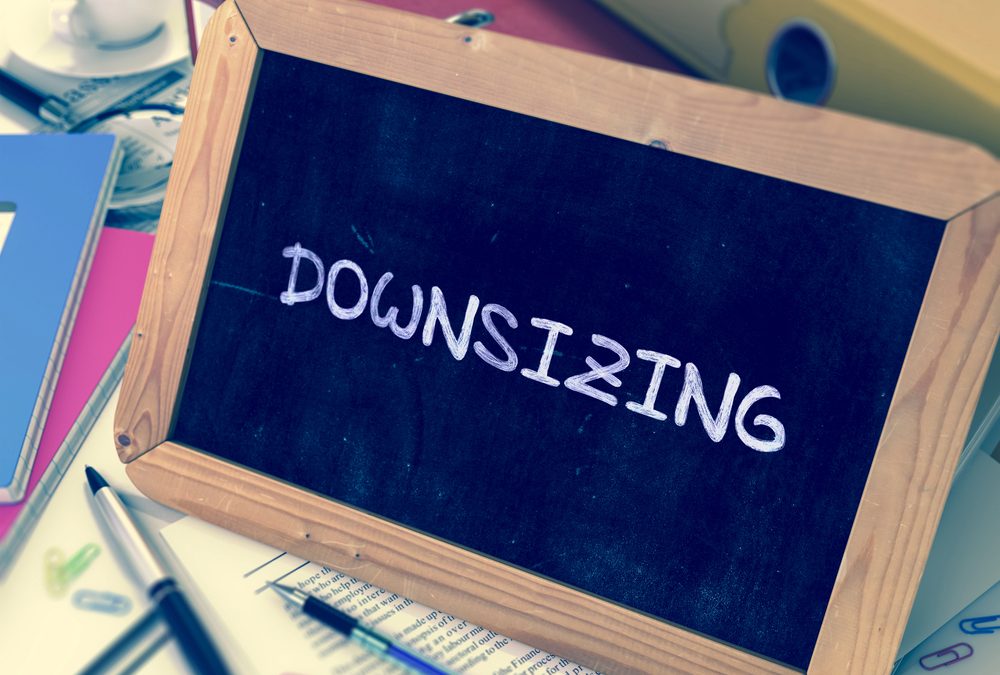 We’re at an interesting point in time when it comes to leadership and leadership development in the workplace – and some progressive organizations are now contemplating BIPOC mentorship programs. On one hand, we have a strong and growing cohort of millennials in the workforce that is reshaping today’s multigenerational workplace. Often criticized by older generations for being lazy, distracted, and entitled, what I see is a generation that is hard-working, highly-educated, resourceful, and technically savvy. This generation values purposeful work, a healthy work-life balance, inclusive, non-toxic workplaces, and opportunities for personal and professional growth.
We’re at an interesting point in time when it comes to leadership and leadership development in the workplace – and some progressive organizations are now contemplating BIPOC mentorship programs. On one hand, we have a strong and growing cohort of millennials in the workforce that is reshaping today’s multigenerational workplace. Often criticized by older generations for being lazy, distracted, and entitled, what I see is a generation that is hard-working, highly-educated, resourceful, and technically savvy. This generation values purposeful work, a healthy work-life balance, inclusive, non-toxic workplaces, and opportunities for personal and professional growth.
Today’s employees are overwhelmingly choosing opportunities to work for organizations that offer a culture of learning. Over 80% of employees expect their workplace to provide accessible learning experiences.
On the other hand, awareness is growing about the structural and systemic inequities still present in our society and workplaces, particularly for Black, Indigenous, and People of Colour (BIPOC) communities. There is still significant inequity when it comes to access to more lucrative employment, leadership positions and opportunities for career development.
Affirmative Action and Employment Equity Myths
Detractors still cling to some of the popular “Affirmative Action” and “Employment Equity” myths:
Myth: We’re creating preferential treatment based on gender or skin colour.
Fact: It helps remove barriers for people who are outside the traditional old-boy networks. Studies have found that minority job applicants who “whiten” their resumes by deleting any references to their race or subbing out “ethnic” sounding names to ones that are more generic are more than twice as likely to receive invitations to interviews.

Dr. Kizzmekia Corbett, instrumental in the design of the Moderna Covid-19 vaccine, Photo Credit: Timothy Nwachukwu, Blavity News
Myth: It rewards the unqualified.
Fact: The real myth is that “the most qualified people are the ones who earn opportunities.” In reality, there are all kinds of biases in play when it comes to “hiring for fit” or hiring people who are a good “cultural fit” in an organization.
Myth: Maybe affirmative action/employment equity was needed in the past, but not now.
Fact: Barriers due to race, gender, and other characteristics still exist, regardless of certain people’s personal characteristics, identities, and experiences. Just because you don’t see it around you and it may not affect you personally, doesn’t mean these biases don’t exist for others.
The Business Case for Diversity
There’s a very real business case for recruiting as diverse a team as possible. Studies make it clear that companies with more diverse workforces perform better. Companies in the top quartile for gender diversity outperform their competitors by 19%, and those in the top quartile for ethnic diversity outperform their competitors by 45%. The evidence is overwhelming. Equally important, social justice protests throughout 2020 have shown us that this is a moral imperative – and that this matters to a lot of people.
“Stop demanding the business case for investing in diversity, equity, and inclusion work. Just do it.” – Aiko Bethea
In my experience, BIPOC leaders and employees working in fields that require mandatory credentials are often equally or better qualified than their non-BIPOC peers. Minority candidates often need to be extremely capable. Due to the systemic barriers that they have navigated, they would never have gotten a foot in the door to obtain their qualifications if they were mediocre or worse.
A BIPOC Mentorship Program
 The way I see it, an effective BIPOC mentorship program is the best way to support the development of capable yet underrepresented employees, while allowing your organization to more fully reflect the multicultural society in which we live. A mentorship program designed for young (and non-millenial) BIPOC leaders will contribute to the leadership and development landscape within your organization. If structured well, the program will also help the mentors become better, more inclusive leaders.
The way I see it, an effective BIPOC mentorship program is the best way to support the development of capable yet underrepresented employees, while allowing your organization to more fully reflect the multicultural society in which we live. A mentorship program designed for young (and non-millenial) BIPOC leaders will contribute to the leadership and development landscape within your organization. If structured well, the program will also help the mentors become better, more inclusive leaders.
Studies show that the more diverse a leadership team, the stronger the leadership team. Having a more diverse leadership team means more diverse perspectives and experiences. Having fresh, alternative outlooks and ideas can boost innovation, revenue, and the resilience of your organization.
 As it stands now, many BIPOC “potential” leaders feel discouraged at even applying for leadership positions they feel they have no chance of attaining. They have watched others be passed over for promotion or experienced it first-hand. Organizations with a reputation of attracting, developing, and retaining talent outside of the old-boys network will encourage a larger pool of young, talented, highly-qualified candidates to throw their hats into the ring.
As it stands now, many BIPOC “potential” leaders feel discouraged at even applying for leadership positions they feel they have no chance of attaining. They have watched others be passed over for promotion or experienced it first-hand. Organizations with a reputation of attracting, developing, and retaining talent outside of the old-boys network will encourage a larger pool of young, talented, highly-qualified candidates to throw their hats into the ring.
Mentors offer a vast pool of experience. The purpose of mentoring is to tap into their knowledge, skills, and experience and transfer those skills to less experienced employees. As with any mentorship program, mentors offer insight, support, and networking opportunities while equipping mentees with concrete skills to allow them to contribute to the organization more quickly and effectively.
There is a knowledge transfer component. The more experienced employee can impart information and wisdom developed through their experience on the job over time. There’s also a problem-solving aspect. The mentor can be a sounding board when the less experienced employee comes up against unfamiliar situations or problems.
But there’s also a personal development aspect to mentoring that goes beyond mere technical or professional advice.
There’s plenty to unpack on this important and career-defining topic. Be sure to check back soon for part two of this AudioBlog where I delve into mentorship and how it relates to personal engagement at work and how bringing one’s full self to work is considered key to a new employee’s commitment and performance. That, in turn, affects an organization’s productivity and competitiveness.
Are you ready to go beyond writing a diversity statement or setting up a Diversity and Inclusion Task Force? Are you an employee who is seeking a more inclusive workplace? Dr. Helen’s training in Work and Business Psychology (officially known as Industrial and Organizational (I/O) Psychology) means she is a genuine expert in evaluating work-related behaviours. She uses those skills to help hiring managers tell the difference between people who say the right things during interviews and people who actually deliver on the job. Plus, she knows how to do it inclusively.
Reach out today for a free and confidential initial consultation by phone, email, or via direct message on Twitter/X, Facebook or LinkedIn.
More than career coaching, it’s career psychology®.
I/O Advisory Services Inc. – Building Resilient Careers and Organizations.™



